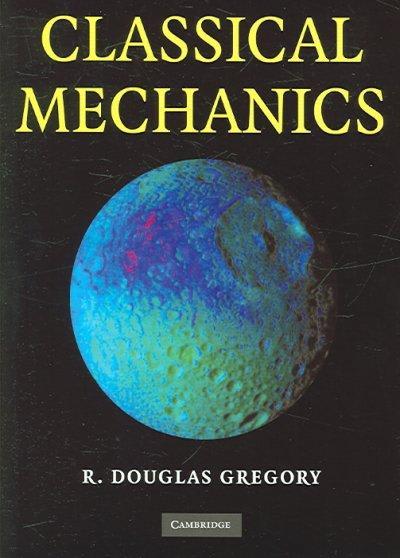Question
Problem Set #1 Save your answers in this Word document and submit by June 20. If you use Pages document with a Mac, please export
Problem Set #1
Save your answers in this Word document and submit by June 20.
If you use Pages document with a Mac, please export the pages document into a PDF.
Questions 1 through 23 are multiple choice (true or false) questions.Bold, highlight, or underline the correct answers.
1.The difference between a sample mean and the population mean or the difference between the means of two random samples is called:
A.nonresponse error.
B.selection bias.
C.sampling error.
D.nonsampling error.
2.The manager of the customer service division of a major consumer electronics company is interested in determining whether the customers who have purchased a videocassette recorder over the past 12 months are satisfied with their products. If there are 4 different brands of videocassette recorders made by the company, the best sampling strategy would be to use a:
A.simple random sample.
B.stratified random sample.
C.cluster sample.
D.self-selected sample.
3.When every possible sample with the same number of observations is equally likely to be chosen, the result is called a:
A.simple random sample.
B.stratified random sample.
C.cluster sample.
D.biased sample.
4.Which of the following types of samples is almost always biased?
A.Simple random samples.
B.Stratified random samples.
C.Cluster samples.
D.Self-selected samples.
5.Which of the following describes selection bias?
A.A leading question is selected for inclusion in the survey.
B.Some members of the target population are excluded from possible selection for the sample.
C.A person selected for the sample has a biased opinion about the survey.
D.All of these choices are true.
6.Sampling error is the result of a mistake made during the sampling process.
A.True
B.False
7.Cluster samples typically cost less but they also increase sampling error.
A.True
B.False
8.Your gender is a nominal variable.
A.True
B.False
9.Your final grade in a course (A, B, C, D, E) is a nominal variable.
A.True
B.False
10.The values of quantitative data are categories.
A.True
B.False
11.Nominal data are also called qualitative or categorical data.
A.True
B.False
12.A variable is some characteristic of a population or sample.
A.True
B.False
13.With nominal data, there is one and only one way the possible values can be ordered.
A.True
B.False
14.You cannot calculate and interpret differences between numbers assigned to nominal data.
A.True
B.False
15.Which of the following situations is best suited for a pie chart?
A.The number of dollars spent this year on each type of legal gambling.
B.The percentage of a charitable donation that goes to administrative costs vs. directly to the charity.
C.The number of students in your class who received an A, B, C, D, F on their exam.
D.All of these choices are true.
16.Which situation identifies when to use pie charts and/or bar charts?
A.You want to describe a single set of data.
B.Your data is nominal.
C.You want to show the number or the percentage of individuals in each category.
D.All of these choices are true.
17.Which of the following statements about histograms is false?
A.A histogram is a summary of numerical data.
B.A histogram is made of a series of intervals, called classes or bins.
C.The classes in a histogram cover the complete range of observations.
D.All of these choices are true.
18.Which of the following statements about shapes of histograms is true?
A.A histogram is said to be symmetric if, when we draw a vertical line down the center of the histogram, the two sides are identical in shape and size.
B.A negatively skewed histogram is one with a long tail extending to the left.
C.A positively skewed histogram is one with a long tail extending to the right.
D.All of these choices are true.
19.Observations that are measured at successive points in time is what type of data?
A.Time-series data
B.Cross-sectional data
C.Successive data
D.None of these choices.
20.Observations that are measured at the same time represent what type of data?
A.Time-series data
B.Cross-sectional data
C.Successive data
D.None of these choices.
21.The two most important characteristics revealed by the scatter diagram are the strength and direction of the linear relationship.
A.True
B.False
22.If the data in a scatter diagram is scattered completely at random, what do you conclude?
A.There is no linear relationship between X and Y.
B.There is a strong linear relationship between X and Y.
C.There is a strong linear relationship between X and Y that is described by a horizontal (flat) line.
D.None of these choices.
23.If two variables have a strong linear relationship, it means one variable is causing the other variable to go up or down.
A.True
B.False
Step by Step Solution
There are 3 Steps involved in it
Step: 1

Get Instant Access to Expert-Tailored Solutions
See step-by-step solutions with expert insights and AI powered tools for academic success
Step: 2

Step: 3

Ace Your Homework with AI
Get the answers you need in no time with our AI-driven, step-by-step assistance
Get Started


